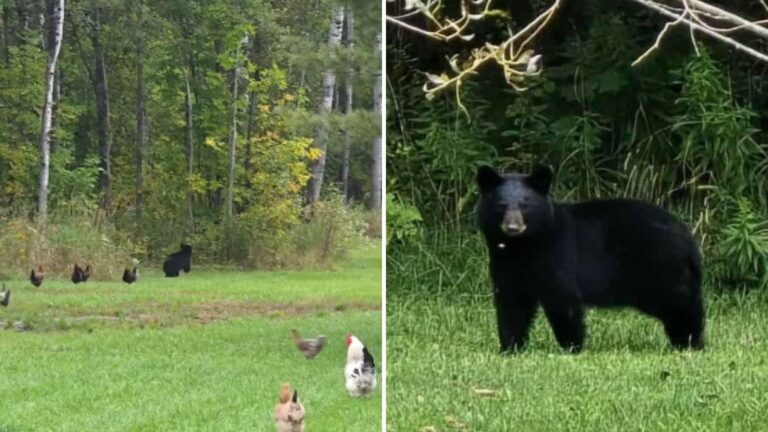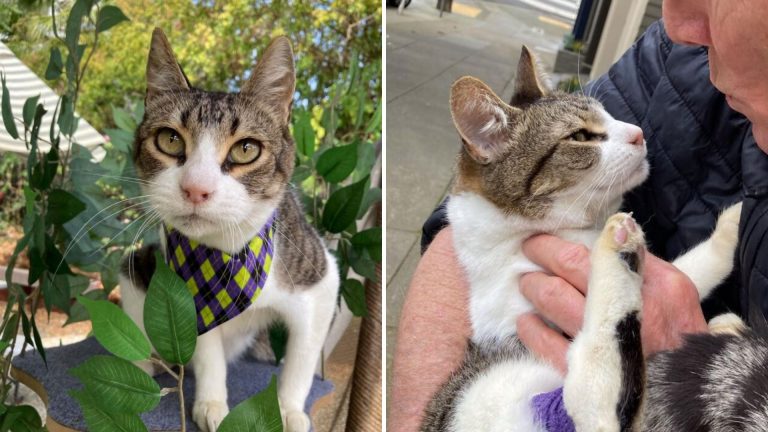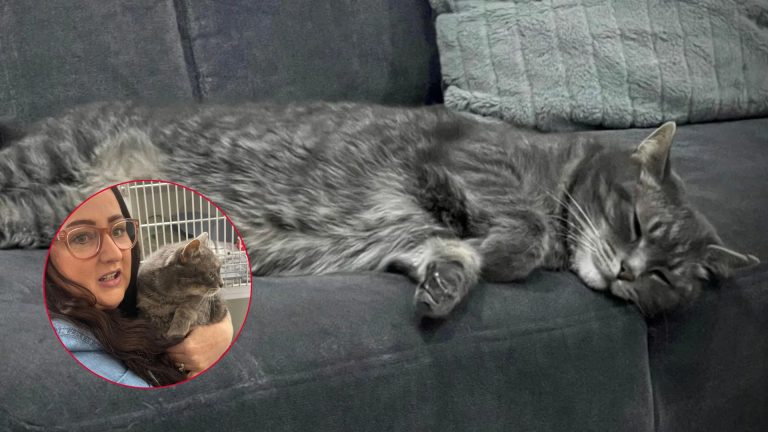NYC Pilot Turns His Wings Into Lifelines For Thousands Of Animals On The Brink
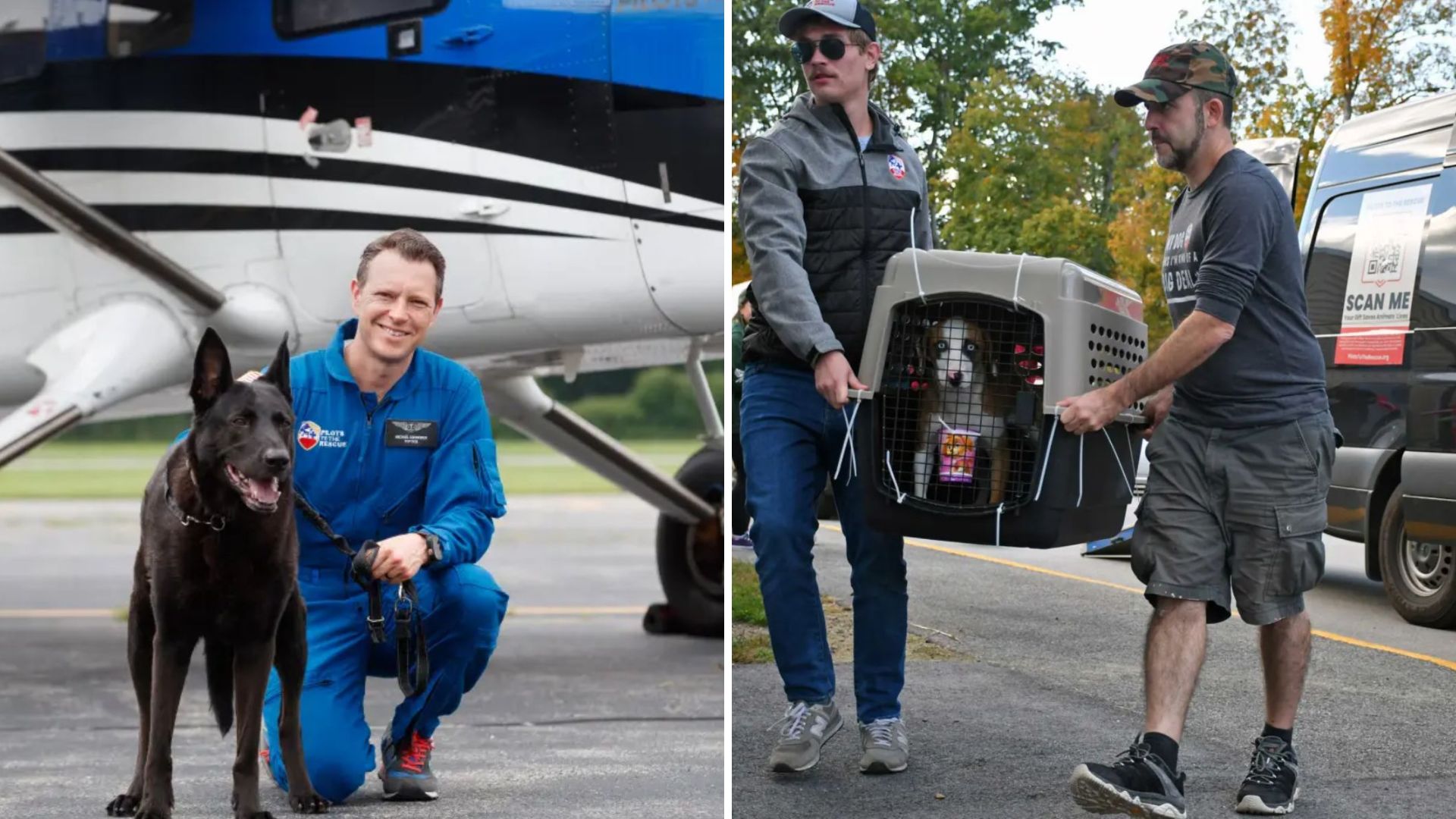
From the time he was a child, Michael Schneider was drawn to animals. At only six years old, he already felt it deep down that helping them was part of who he was.
His family often visited the SPCA, a shelter in Briarcliff Manor, Westchester County, and brought home dogs and cats who had nowhere else to go.
By the time he was 11, he even had his own pet-sitting business.
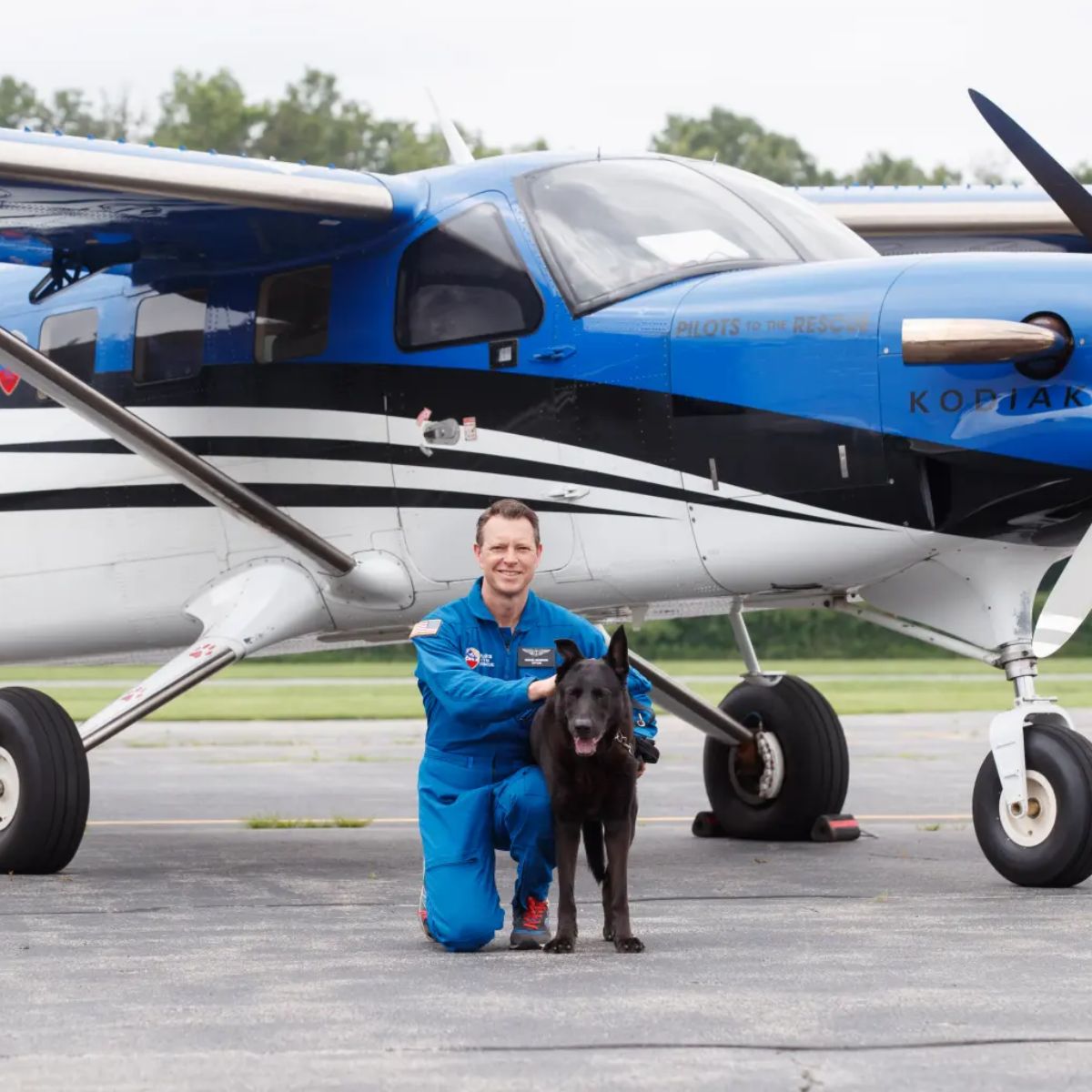
When he grew up, one skydiving trip was all it took to spark a love for flying, and before long, he was on his way to becoming a commercial pilot.
And somewhere along the way, his two passions, flying and rescuing animals, collided in the best possible way.
That’s how Pilots to the Rescue was born.
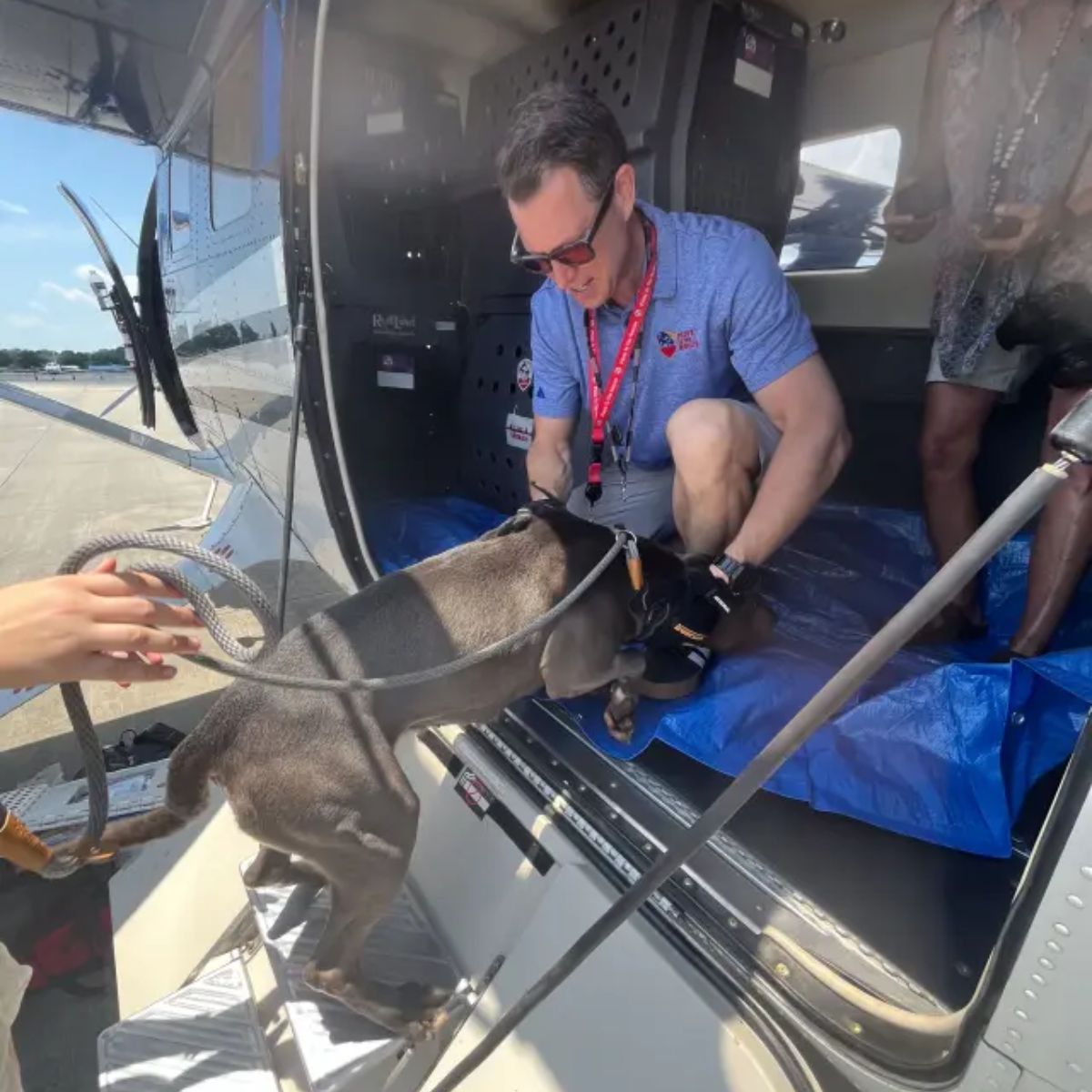
Michael’s nonprofit uses airplanes to relocate animals from high-risk shelters to safe rescues where they have a real chance at adoption.
He shared in an interview:
“I wanted to do something of substance with this pilot’s license that I worked so hard to achieve. I heard about people transporting animals at risk of being euthanized using airplanes, so when I learned about that, of course, I jumped on that opportunity.”
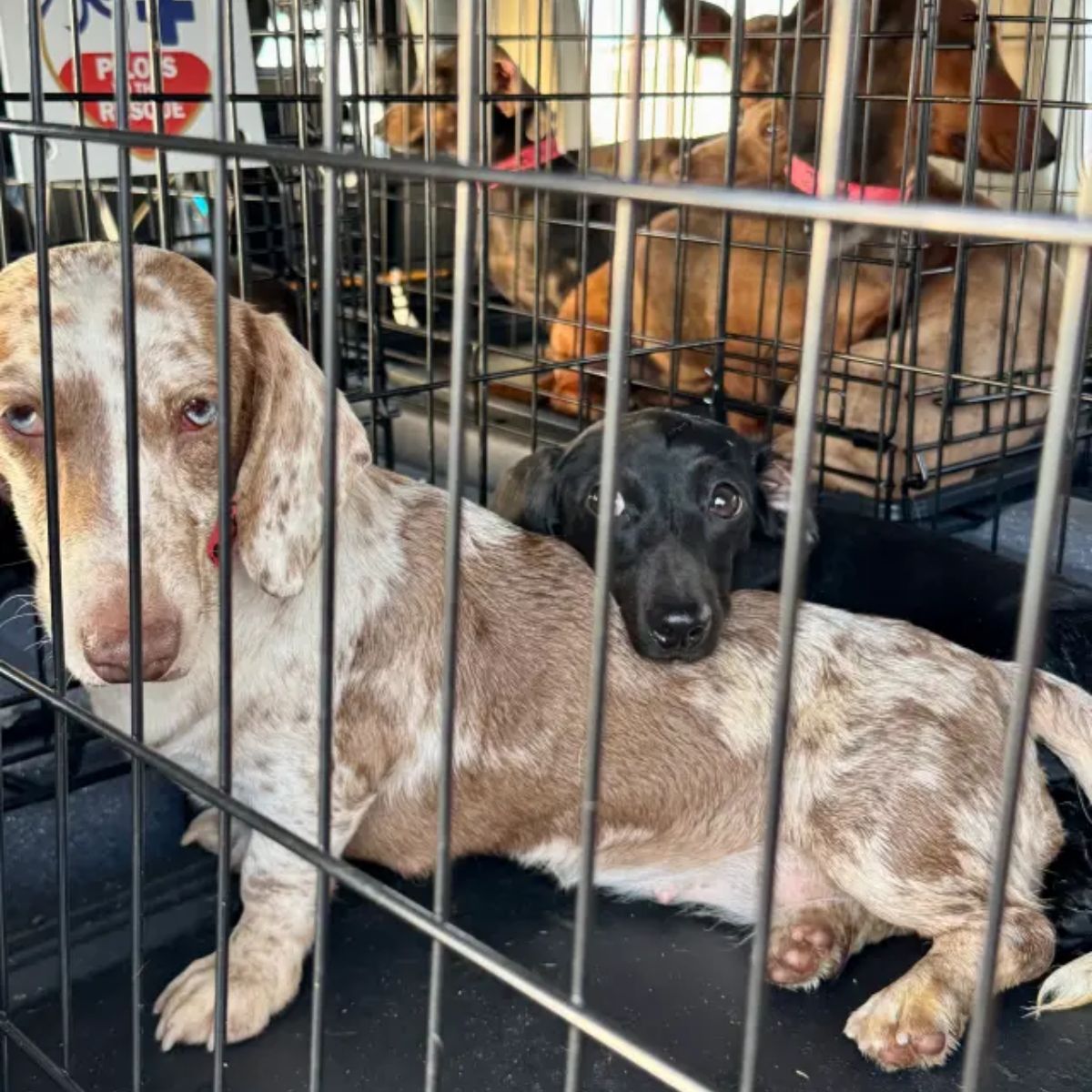
Within just two days of dreaming it up, he raised $12,000 from friends and family.
His pitch was simple but powerful: animals don’t have a voice, and time is never on their side, as Michael explained:
“They would say, ‘Well, why an aircraft?’ And I would tell them that the faster we can get them out, the faster we can save them – which, literally, sometimes these animals have less than 24 hours to get out.”
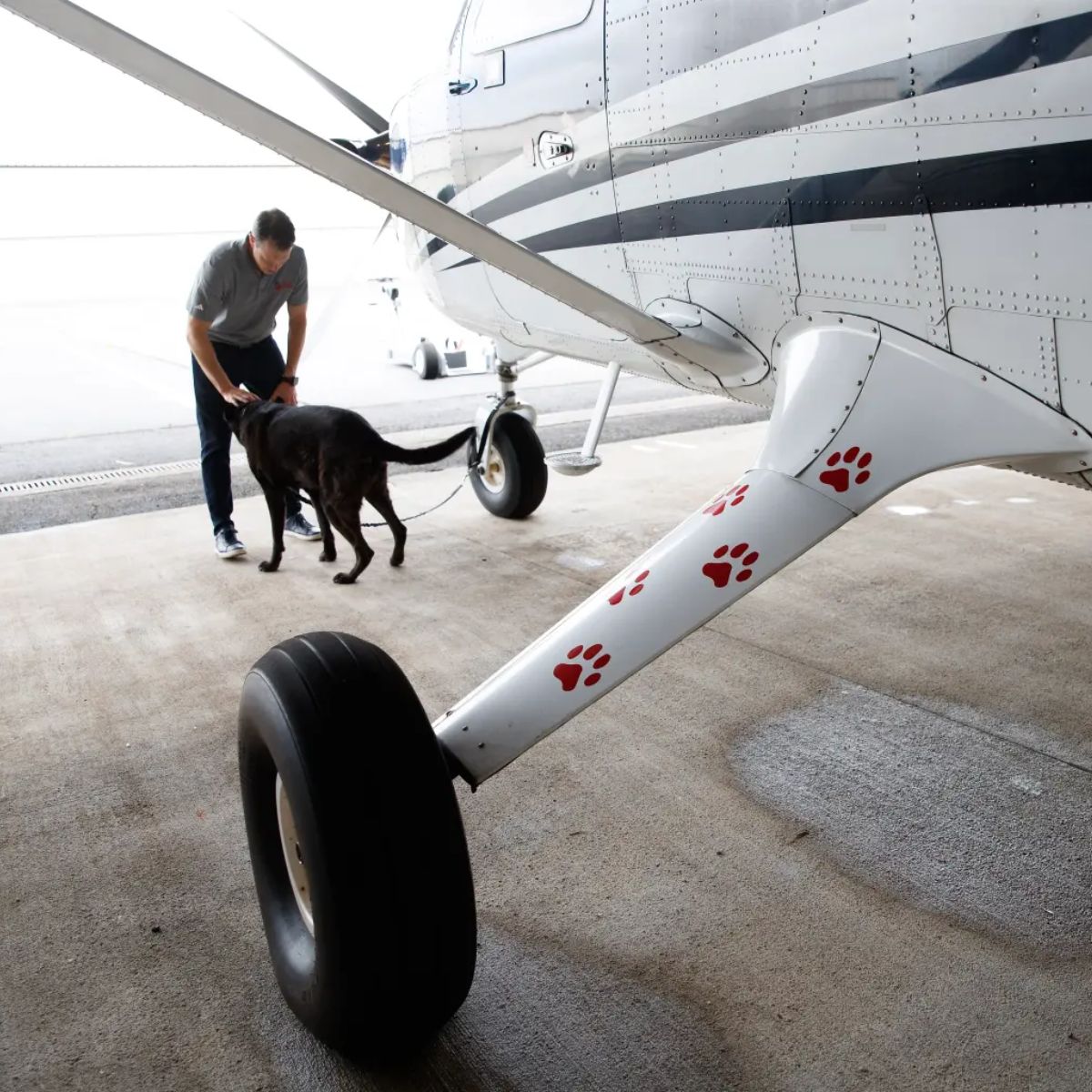
Since its start, Pilots to the Rescue has flown 313 missions, saving 4,488 animals and logging more than 353,600 miles in the air.
Most flights head to places like North Carolina, Florida, and Texas, states where overcrowded shelters are constantly at their breaking point.
But most of the hard work doesn’t happen in the sky. It happens on the ground, where teams drive animals overnight in vans so they’re ready to meet the plane in the morning.
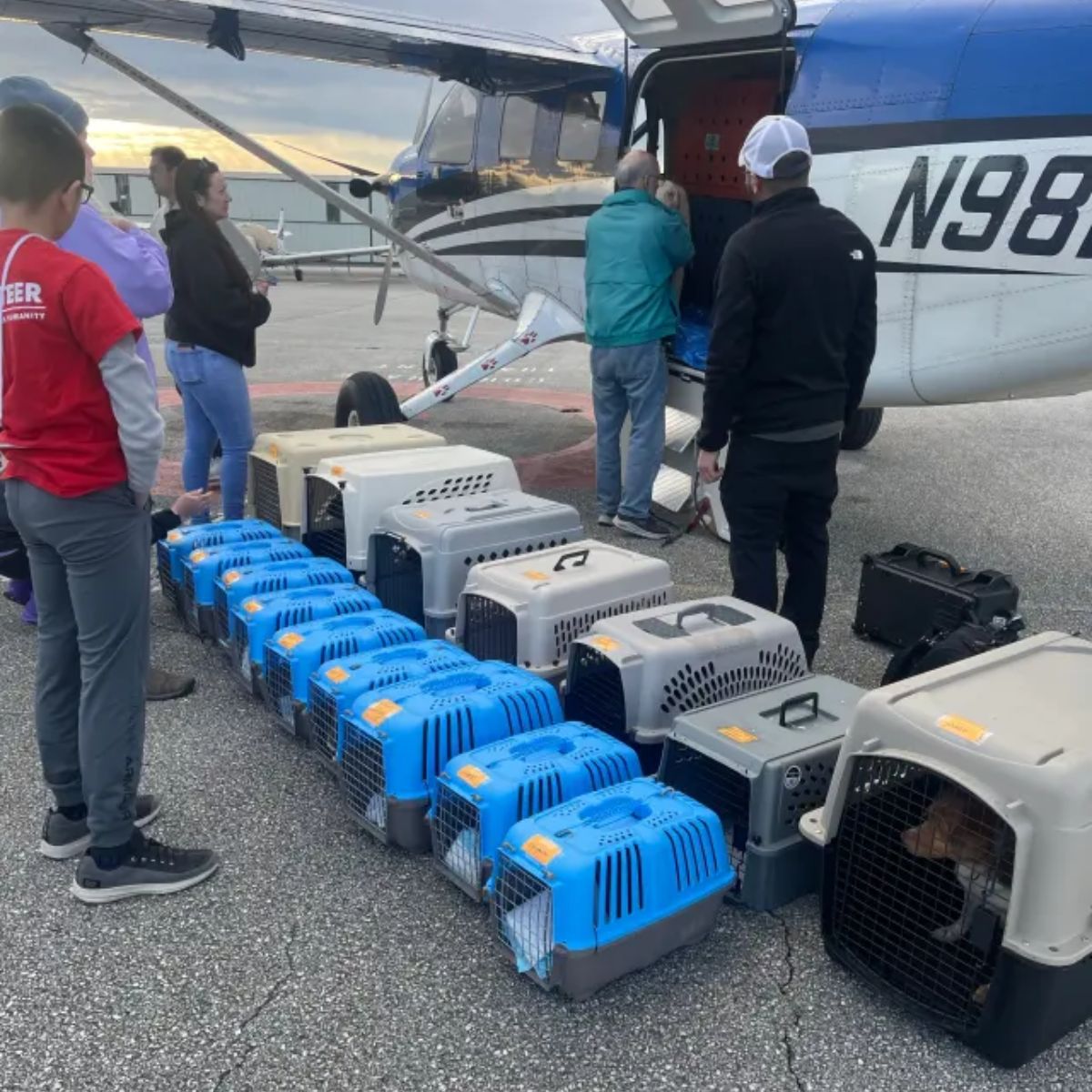
The process makes it possible to save more animals while keeping things calmer and more humane. Michael explained:
“When they get to the other side, they might feel a little timid coming out of the crate, but when we get them out, their tails are wagging, they’re jumping up and down, they feel energy… People are waiting for them to receive them, so they pick up on that. It’s beautiful to see.”
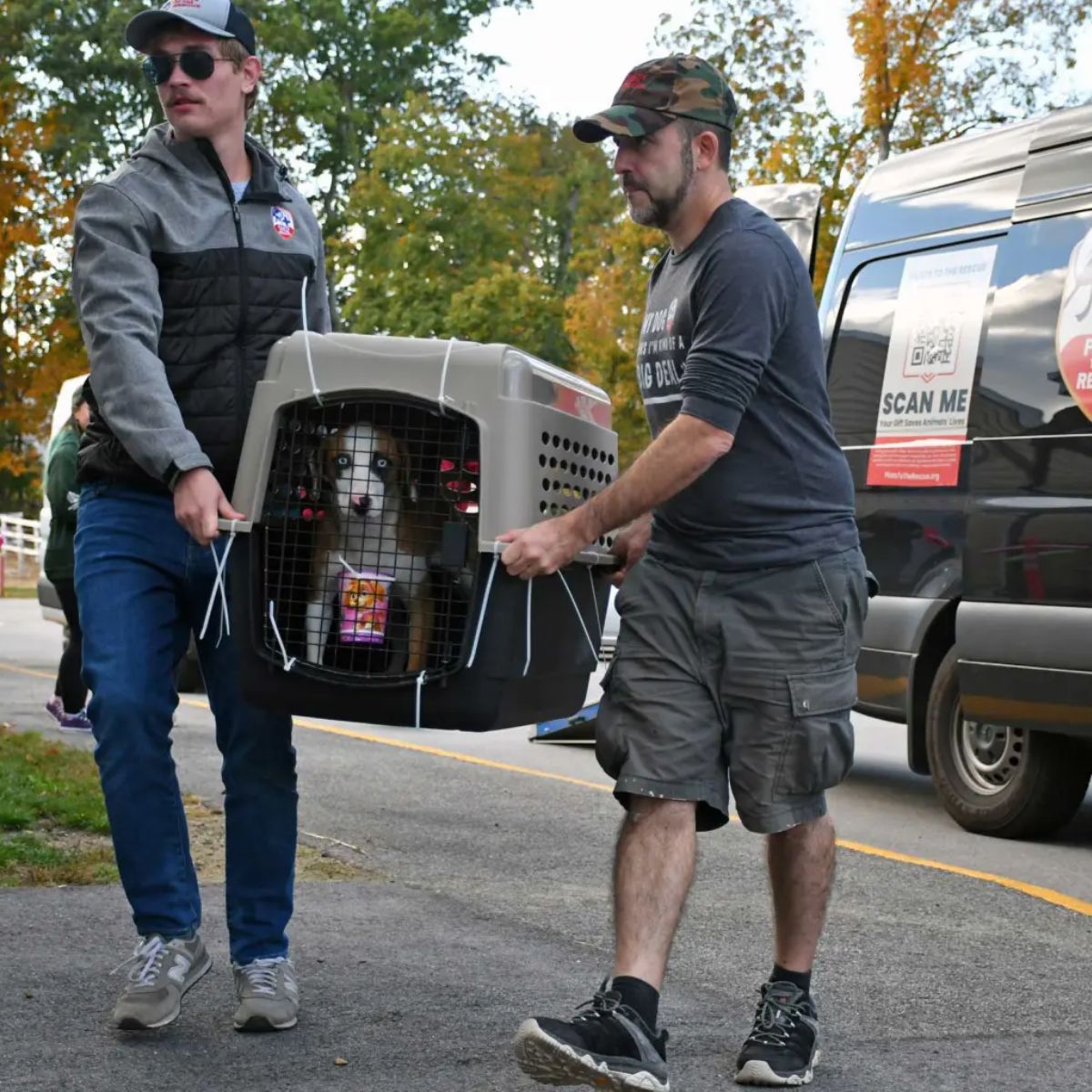
Pilots to the Rescue operates out of a hangar in Essex County, New Jersey, and is one of just a handful of aviation rescue groups in the U.S.
They work hand in hand with small local shelters and larger groups like Humane World for Animals, often combining efforts when one shelter can’t fill a flight on its own.
That collaboration turns into what Michael calls a “multi-shelter effort,” where every spot on the plane saves another life.
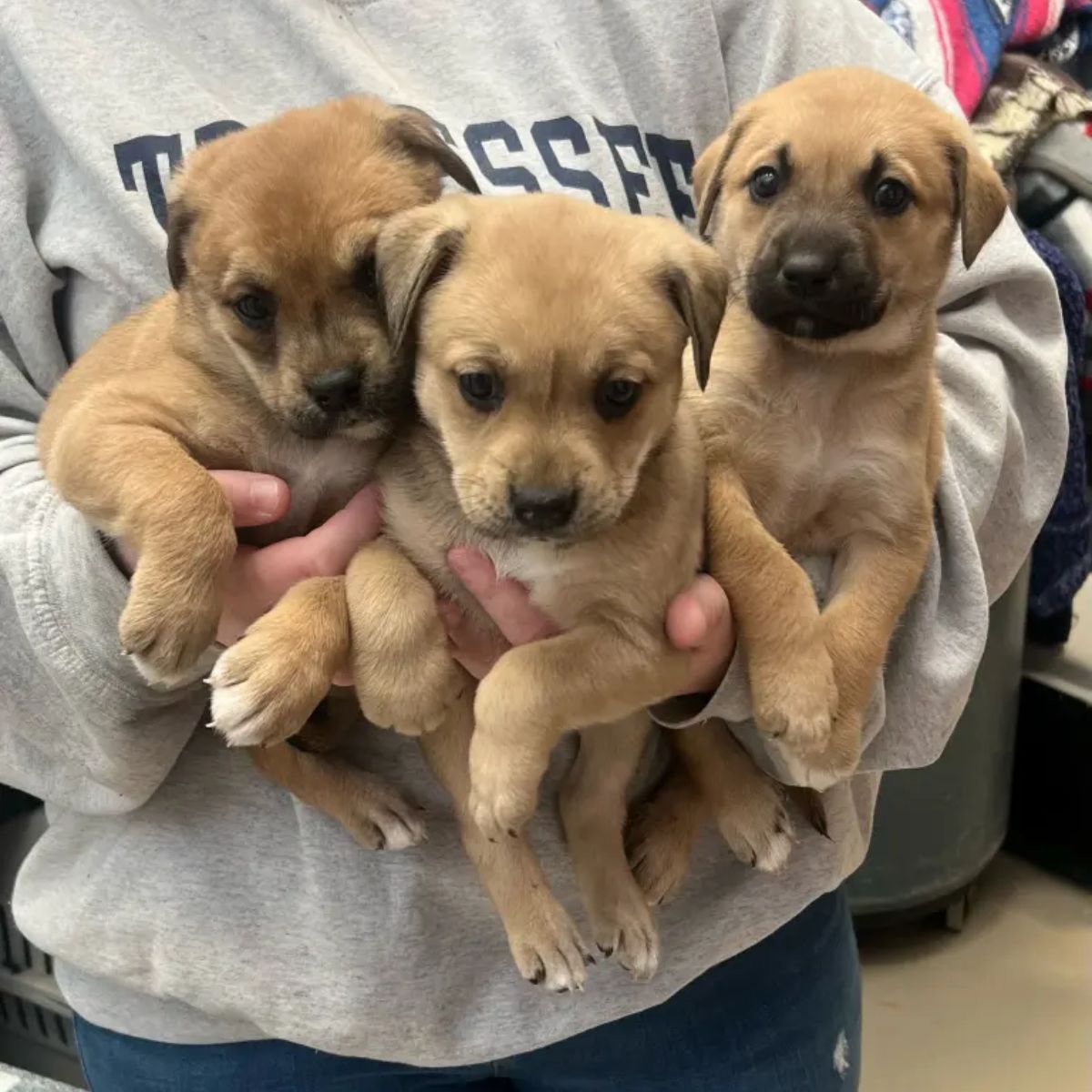
The animals they transport aren’t just strays. Many are victims of overcrowding, rising medical costs, hoarding, abuse, or neglect.
And it’s not always dogs and cats. Pilots to the Rescue has helped move sea turtles, wolves, and even banteng, a rare wild cattle species that’s critically endangered.
Back home in Greenpoint, Brooklyn, Michael juggles running the nonprofit with raising four sons alongside his wife. The workload is heavy, and the finances are often tight, but he says the impact keeps him going.
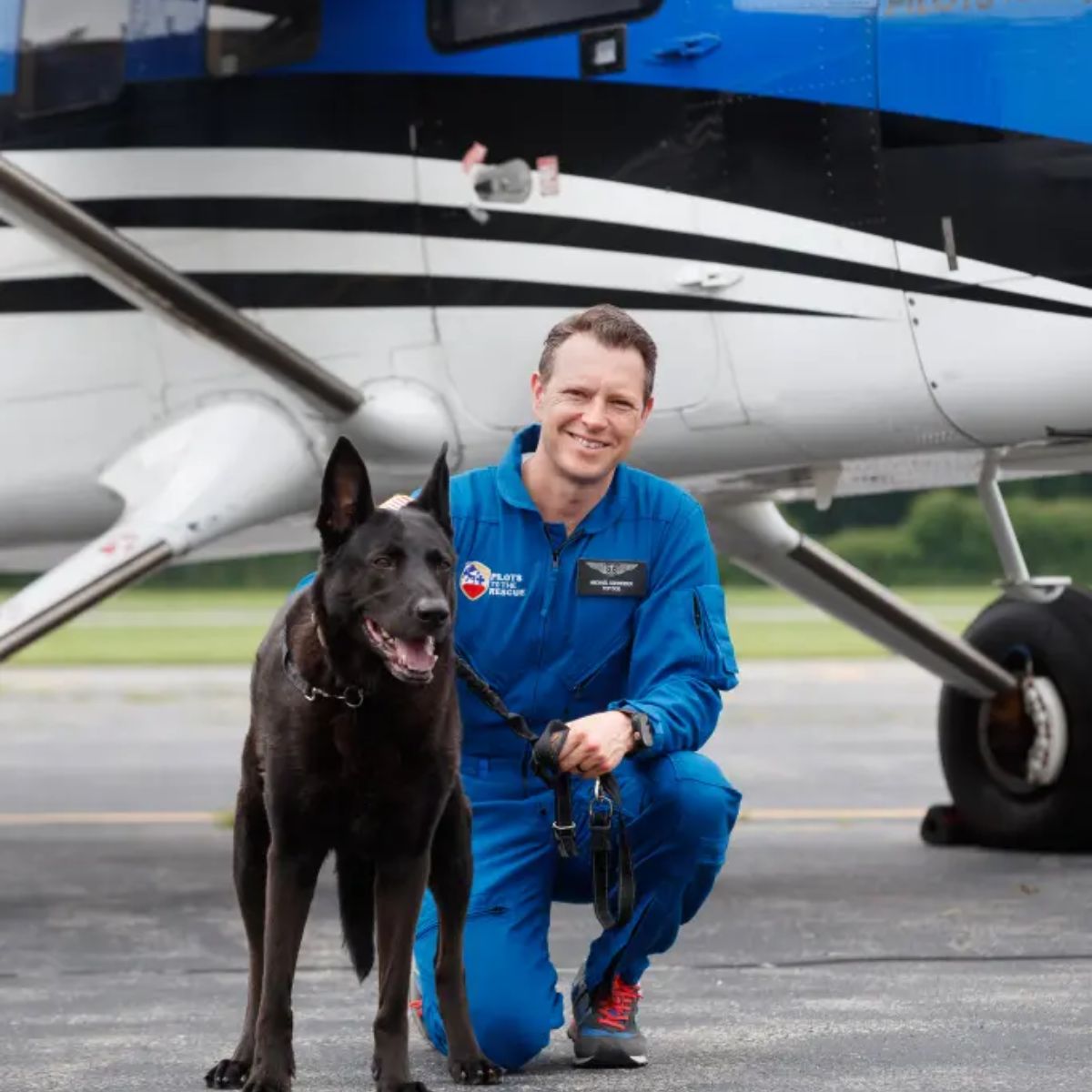
Some adopters even reach out later, telling him that the pets they brought home are the best companions they’ve ever had. And those words remind him why it’s all worth it.
Looking back, Michael admits that this work has changed him too, sharing:
“I used to be very narcissistic and selfish, and all about ‘me, me, me’. But I started to realize that it’s more rewarding to give back, and it’s not about me anymore.”
Michael Schneider is living proof that one person’s passion can ripple out and save thousands of lives. With every flight, every rescue, and every animal given a second chance, he shows what it means to turn compassion into action.



